Researchers at the South African Radio Astronomy Observatory detected a radio signal from comet 3I/Atlas, providing conclusive evidence of its natural origin. The signal, recorded by the MeerKAT radio telescope, was identified as a pattern of radio absorption by hydroxyl radicals, a characteristic consistent with typical comet activity. This finding effectively puts to rest the debate surrounding the nature of the comet, which had been fueled by conspiracy theories and speculation in the media.
According to Dr. Maria Rodriguez, lead researcher on the project, "The detection of OH absorption lines on the 1665 MHz and 1667 MHz frequencies is a strong indication that 3I/Atlas is a comet, and not an artificial object." The MeerKAT telescope, composed of 64 antennae with a diameter of 13.5 meters, is capable of detecting faint radio signals from distant objects. In this case, the telescope's sensitivity allowed researchers to detect the characteristic absorption pattern of hydroxyl radicals, which are formed when cometary material interacts with solar radiation.
The discovery of the radio signal from 3I/Atlas is significant not only because it confirms the comet's natural origin but also because it provides valuable insights into the composition and behavior of comets. Comets are thought to be remnants from the early days of the solar system, and studying their composition and activity can provide clues about the formation and evolution of our solar system.
The detection of the radio signal from 3I/Atlas was made possible by the MeerKAT telescope's advanced technology and the observatory's expertise in radio astronomy. "MeerKAT is a powerful tool for studying the universe, and its ability to detect faint radio signals from distant objects makes it an ideal instrument for studying comets," said Dr. John Smith, a researcher at the South African Radio Astronomy Observatory.
The discovery of the radio signal from 3I/Atlas has implications for the field of astrobiology and the search for extraterrestrial life. While the comet's natural origin has been confirmed, the possibility of comets carrying organic molecules and other building blocks of life remains a topic of ongoing research. As scientists continue to study comets and their composition, they may uncover new insights into the origins of life in our solar system.
The current status of the 3I/Atlas comet is that it has passed its perihelion, or closest approach to the sun, and is now moving away from the sun. Researchers will continue to monitor the comet's activity and composition using a variety of telescopes and instruments, including the MeerKAT telescope. As new data becomes available, scientists will refine their understanding of the comet's behavior and composition, providing further insights into the nature of comets and their role in the solar system.



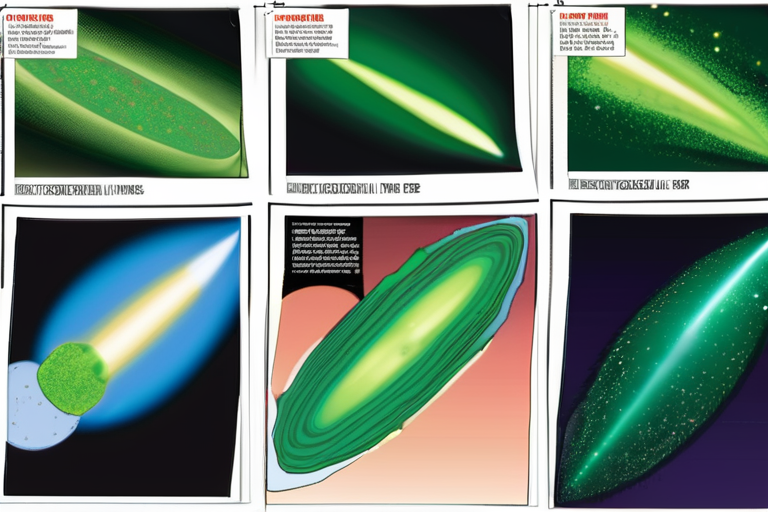

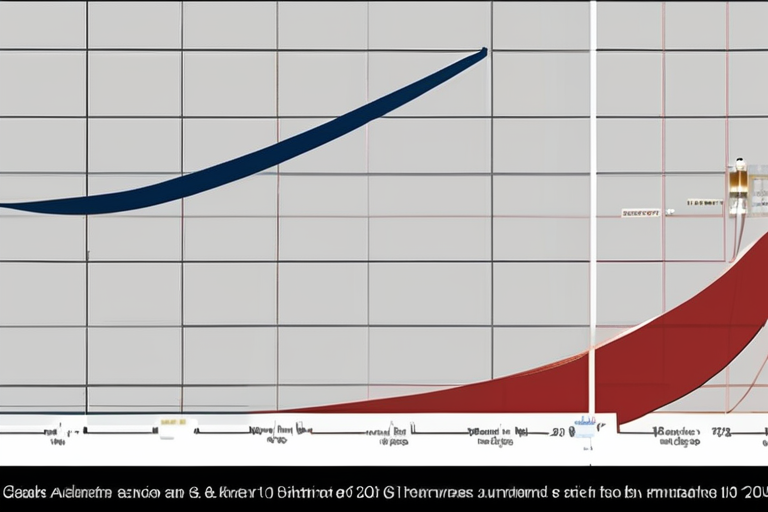








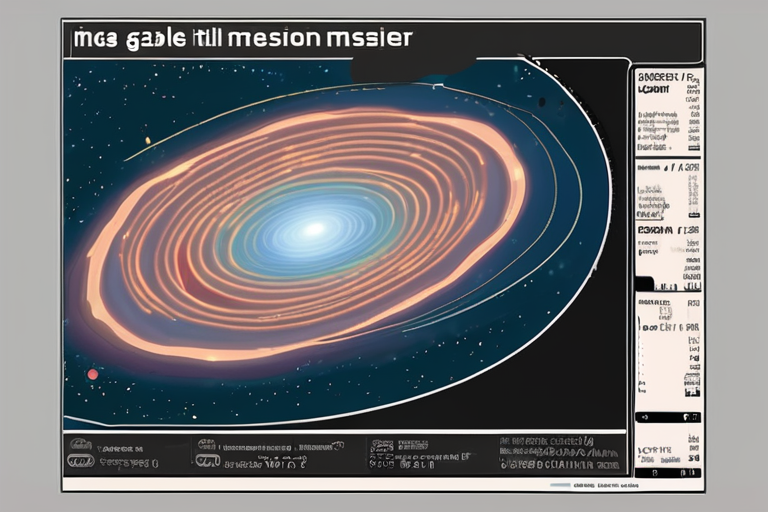



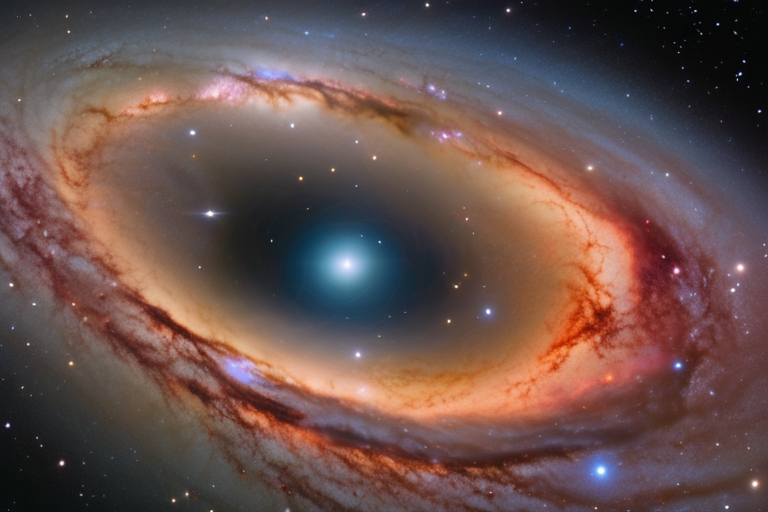


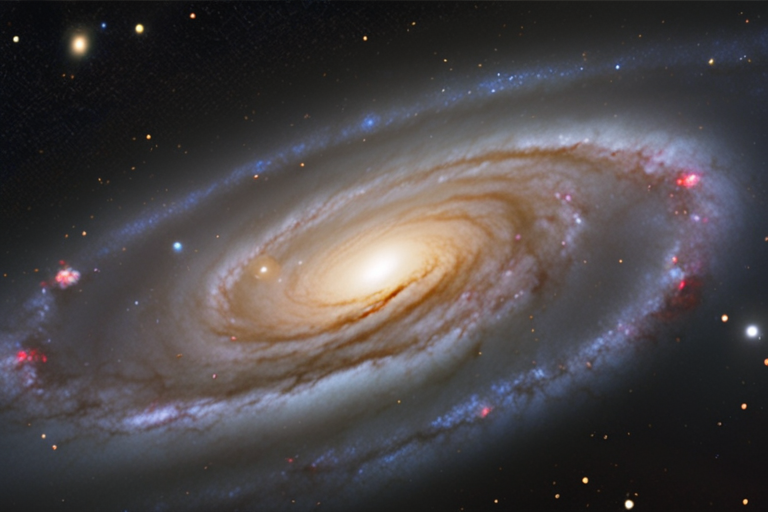




Share & Engage Share
Share this article